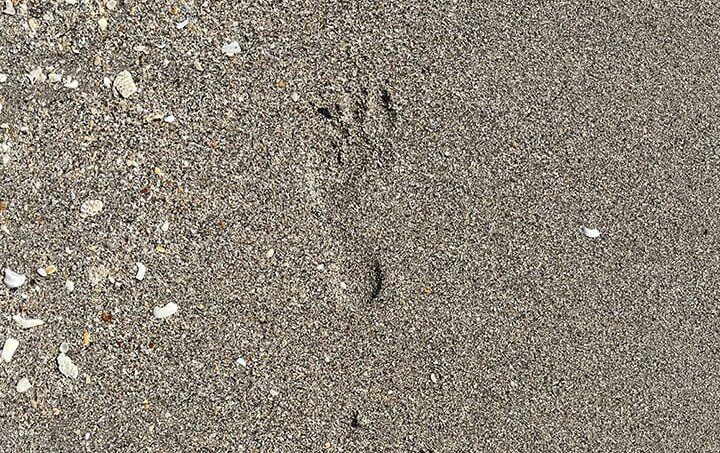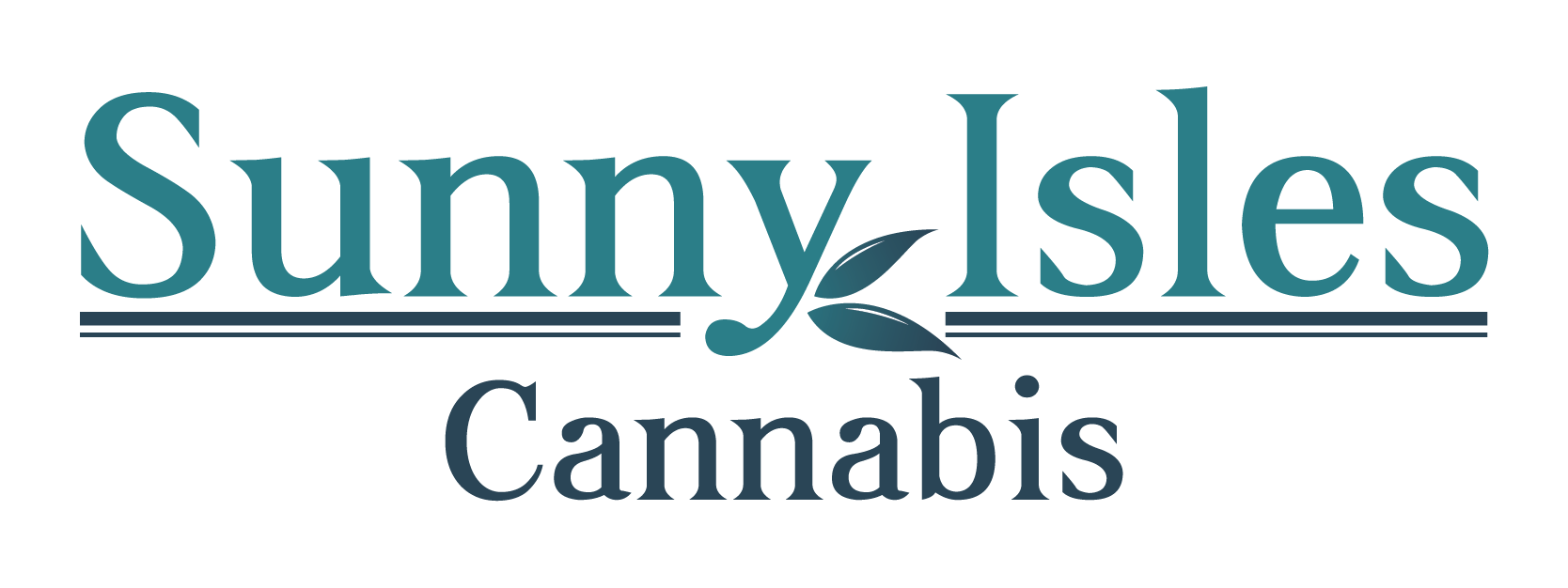
Self Care uses for Cannabis
Cannabis and its various compounds, like THC and CBD, have been used for many self-care purposes. However, it’s important to note that while there’s evidence to support some of these uses, cannabis doesn’t work the same way for everyone, and there can be risks and side effects. Always consult with a doctor before using cannabis, especially if you have any health conditions or are taking other medications.
Below is a list of popular self care uses for cannabis:
Stress and Anxiety Relief: Some people use cannabis to help manage stress and anxiety. Both THC and CBD have been studied for their potential anti-anxiety effects, although they work in different ways and can have different effects.
Pain Management: Cannabis is often used for pain relief. This can include chronic pain, neuropathic pain, and pain associated with conditions like multiple sclerosis and arthritis.
Sleep Aid: Some people use cannabis to help with insomnia or other sleep issues. THC, in particular, is known for its sedative effects.
Appetite Stimulation: THC is known to stimulate appetite, which can be beneficial for people who have conditions that cause appetite loss, like cancer, HIV/AIDS, or certain eating disorders.
Skin Care: CBD has been studied for its potential anti-inflammatory and antioxidant effects, and some people use CBD topicals as part of their skin care routine.
Muscle Relaxation: Some people use cannabis to help with muscle spasms or tension. This includes people with conditions like multiple sclerosis and Parkinson’s disease, as well as people who have muscle soreness due to physical activity.
Mental Focus: Some people report that certain strains of cannabis can help with focus and creativity. However, this can vary widely depending on the strain and the individual, and some people may find that cannabis makes it harder to focus.
Remember, while cannabis is legal in many places, its legal status varies depending on the location, and it’s important to ensure you’re in compliance with your local laws and regulations.
Popular Ways to Consume Cannabis
Cannabis can be consumed in a variety of ways, each with its own benefits and drawbacks. Below is a list of some of the most popular methods and how it works.
Smoking: This is the most traditional method of cannabis consumption. It involves rolling cannabis into a joint, or using a pipe or bong. The effects are felt almost immediately but tend to be short-lived.
Vaping: Vaporizing, or “vaping,” involves heating cannabis to a temperature that releases the active compounds as vapor, which is then inhaled. Many people find this method to be less harsh on the lungs than smoking. Vaping also allows for better control over dosage and temperature.
Edibles: Cannabis can be infused into food or beverages. The effects of edibles take longer to kick in (usually between 30 minutes to 2 hours), but they are typically more potent and longer-lasting than with smoking or vaping.
Tinctures and Sublingual Sprays: These are liquid cannabis extracts that are usually applied under the tongue, where they’re absorbed directly into the bloodstream. This method allows for precise dosing and a quicker onset than edibles.
Topicals: Cannabis-infused lotions, balms, and oils can be applied directly to the skin for localized relief of pain, soreness, or inflammation. Topicals typically don’t produce psychoactive effects, even if they contain THC.
Capsules and Pills: These are swallowed and absorbed through the digestive tract. Like edibles, they have a slower onset but longer-lasting effects.
Dabbing: This method involves inhaling a dose of cannabis concentrate that’s been heated on a hot surface. Dabbing can deliver a very high dose of THC and is not recommended for beginners.
Each method of consumption can produce different effects, and the right method for you can depend on your individual preferences, as well as your medical needs if you’re using cannabis for therapeutic purposes. Always be sure to start with a low dose, especially when trying a new method of consumption, and consult with your doctor if you’re using cannabis for medical reasons.
